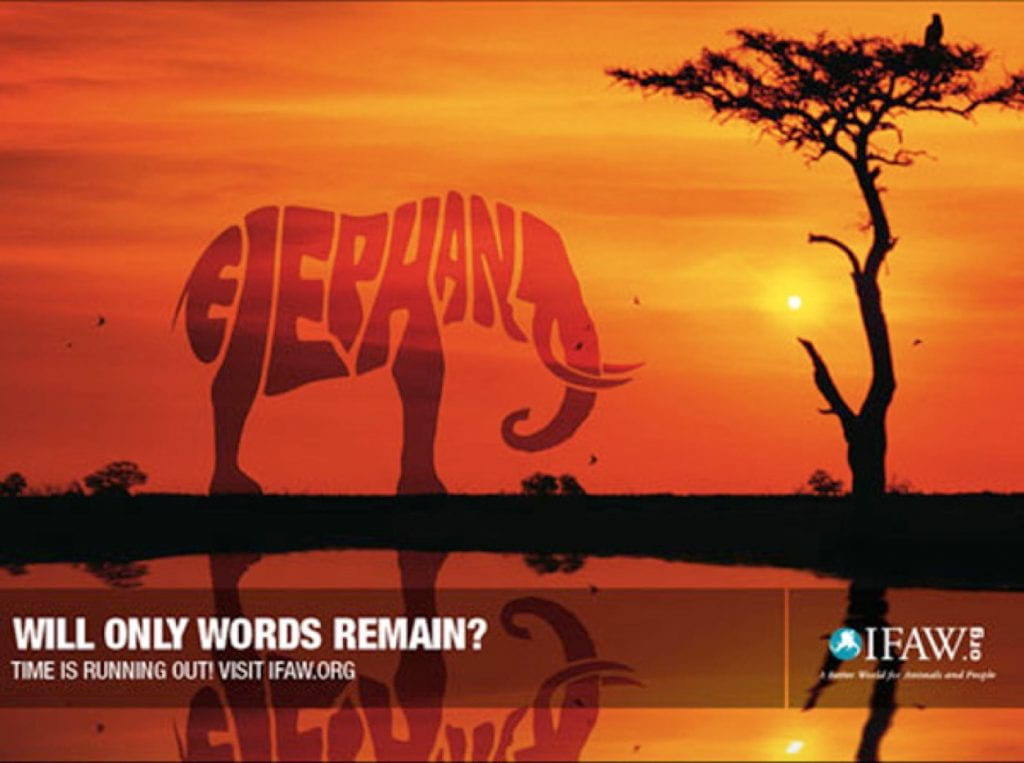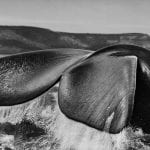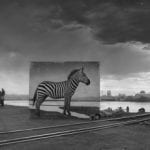This beautiful world?: The work of Sebastião Salgado and Nick Brandt
‘In these last decades ‘concerned’ photography has done at least as much to deaden our conscience as to arouse it’ (Sontag, 1977, p.21)

This session takes a comparative approach to Sebastião Salgado’s Genesis and Nick Brandt’ s Inherit the Dust. Participants are encouraged to considet the intent of both of these practices, and evaluate thier success (or not) in encouraging us to care about our planet, as well as the use of aesthetics / shock tactics etc in their respective photographic approach.
‘Making suffering loom larger, by globalising it, may spur people to feel they ought to ‘care’ more. It also invites them to feel that the sufferings and misfortunes are too vast, too irrevocable, too epic to be much changed by any local political intervention’ (Sontag, 1977, p.3)

This Session could be run in conjunction with:

‘Why can’t beauty be a call to action? Being politically correct does not signify much unless the work is both visually and conceptually compelling. To be compelling there must be tension in the work’ (Strauss, 2003, p.9-10)
Aims & Outcomes:
- To investigate the aesthetics of representations of the environmental issues
- To consider the impact of these at provoking our ‘concern’ and action
- To reflect on the success / weakness of each of these practices considering the intent / visual approach of the work
- Participant Outcome: 2 10×8 digital prints

‘The key to good ‘shocking’ advertising is to make sure that the public think the issue is important enough to validate the use of shock, and make sure the execution doesn’t go too far’ (Bath in Meade, 2014)
You will need:
- Digital cameras for all participants (and appropriate memory cards) *This session can also be run using Camera phones or Lumix cameras
- Card readers
- Access to computers (or laptops)
- An Introductory Brief & Presentation (below) for participants to outline the ideas and provide examples
- A booked room to critique participants work (either via a projector or via print)
- Blue tack to pin the work
- Costings and Risk Assessments
Research: Sebastião Salgado (2009) Genesis

I thought the only way to give us an incentive, to bring hope, is to show the pictures of the pristine planet, to see the innocence. And then we can understand what we must preserve’ (Salgado in Hattenstone, 2004)
‘It is a pictorial depiction of the lands and lives of a still pristine planet. I feel Genesis also speaks urgently to our own age by portraying the breathtaking beauty of a lost world that somehow survives. It proclaims: this is what is in peril, this is what we must save’ (Salgado in Lebus, 2013)
‘Salgado is far too busy with the compositional aspects of his pictures, with finding the ‘grace’ and ‘beauty’ in the twisted forms of his anguished subjects. And this beautification of tragedy results in pictures that ultimately reinforce our passivity toward the experience they reveal’ (Sischy, 1991, p.92)
Research: nick brandt (2015) inherit the dust

‘If we fail to act, future generations will be inheriting the sad remnants of a once-vibrant living planet. They will be inheriting dust’ (Brandt, 2016)
‘It’s not about their beauty. Yes, I might see the Christy Turlington version of a lion, but I will also shoot a blind old buffalo’ (Brandt in Kurcfeld, 2016)
‘An image is drained of its force by the way it is used, where and how often it is seen’ (Sontag, 2003, p.105)
Preparation Work:
- Ask participants to read Ingrid Sischy (1991) ‘Good Intentions’ in The New Yorker (9th September, 1991) available here
- Ask participants if they have thier own digital cameras and cards
- Make sure you have access to computers / image editing software
- Make sure there are enough team members to support participants (never assume thier prior knowledge)
- Decide whether you will project the work or print it.
- If you are printing it make sure the Photo Lab are aware and be aware of timekeeping so they have space to print the work.
- *If you are running this session off campus, make sure there is access to printers or projectors

suggested Session Outline:
- Ask participants what environmental they have concerns about globally / locally
- Give the Presentations above. Invite participants to compare the Salgado’s and Brant’s work? What are the similarities and differences? Pay attention to aesthetics and the way that the practitoners discuss thier intention in the work. Is is successful? Which body of work enourages you to ‘care’ more?
- Brainstorm environmental issues and select issues that participants care about. How has this been represented visually? which aesthetic approach works best?
- individually / in groups make one beautiful image and one shocking image to inspire change and encourage people to ‘care’ about the issue.
- Print / Project and critique the images with these aesthetics in mind and considering aesthetic choices in the constuction of the images.
















